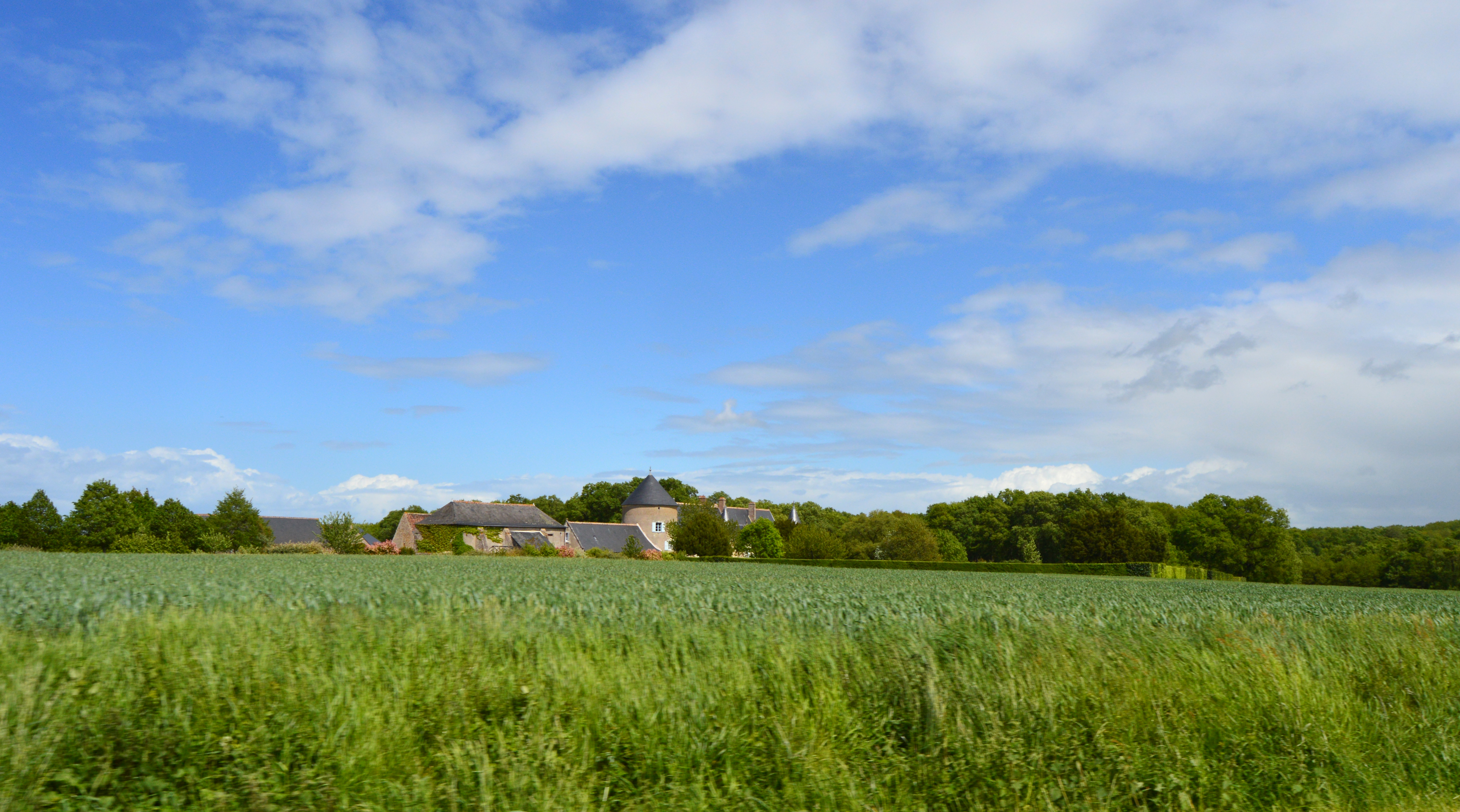Les Jonchères

Les Jonchères
Medium
3h
12,5km
+114m
-114m
Loop
Embed this item to access it offline
Attachment
- Downloadpdf
VEIGNE-les-Joncheres-2025-IMPR
Credit: Les Jonchères - Veigné - Touraine Vallée de l'Indre
Description
- Château de la Guéritaulde
Built in the middle of a wooded park in the style of the First Empire, the estate formed a fiefdom under Montbazon, of which Guy de Maillé, who lived in 1353, was the first known lord. His successor was his son-in-law François de la Barre, mayor of Tours. The garden is listed in the pre-inventory of remarkable gardens. - La Belle Jonchère
A 16th-century manor house, La Belle Jonchère was purchased in 1875 by brothers Emmanuel and Jacques Drake del Castillo. For a long time, it was a simple farmhouse belonging to the Guéritaulde estate. It wasn't until the end of the 20th century that the manor became an independent, inhabited residence. In 1988, Mr. and Mrs. de Choiseul became the owners and set about restoring it to its former glory. - Domaine de Taffonneau
A 15th-century manor house, well restored today, this estate formed a fief under the Montbazon castle, and in 1410 belonged to Jean Berruyer. The property still belongs to the family, one of whose members, Pierre Mourrau, was arrested, tortured and shot at the Parçay-Meslay camp on August 9, 1944. A memorial cross has been placed at the edge of the Taffonneau wood in his honor. In the park, one statue symbolizes commerce, the other agriculture. These statues once adorned the entrance to the demolished Tours railway station. - Petit Pont
"La Planche Robinette" spans the Bourdin stream. Joan of Arc is said to have ridden over this bridge to the Taffonneau estate. - Arboretum de la Martinière
In the Indre valley, around two ponds with a wooded hillside in the background, the Arboretum de la Martinière, a "Remarkable Garden", is a magnificent park devoted to trees and shrubs from every continent: many varieties of bamboo, a mix of bark, colorful branches, combinations of flowers, berries and foliage.... Visit by appointment. - Saint-Maixent Church and Priory
From the top of its stone spire, you can look down on almost nine centuries of history! The bell tower, dated by archaeologists to around 1140-1160, is the oldest building in the commune, duly listed as a Monument Historique in 1961, of the "mitre" type typical of the Indre Valley. Unfortunately, the rest of the sanctuary was rebuilt in 1873-1875 in neo-Romanesque style by diocesan architect Gustave Guérin. Surrounded by houses dating from 1843-1845 and the adjoining church, the venerable prieuré St-Maixent goes unnoticed, despite being the former feudal seat of Veigné, founded in the 12th century by the powerful abbey of Cormery. - Grand Moulin (known as "Moulin Fonteyne")
The village of Veigné is squeezed around its "Grand" mill ("grand" in the seigneurial sense), a protective beacon for over 7 centuries and today the symbol of the commune, which has owned the site since 1981.
- Departure : Parking L'Abbé Fiot
- Arrival : Parking L'Abbé Fiot
Altimetric profile
Information desks
Rd 910, 37250 Montbazon
Report a problem or an error
If you have found an error on this page or if you have noticed any problems during your hike, please report them to us here: